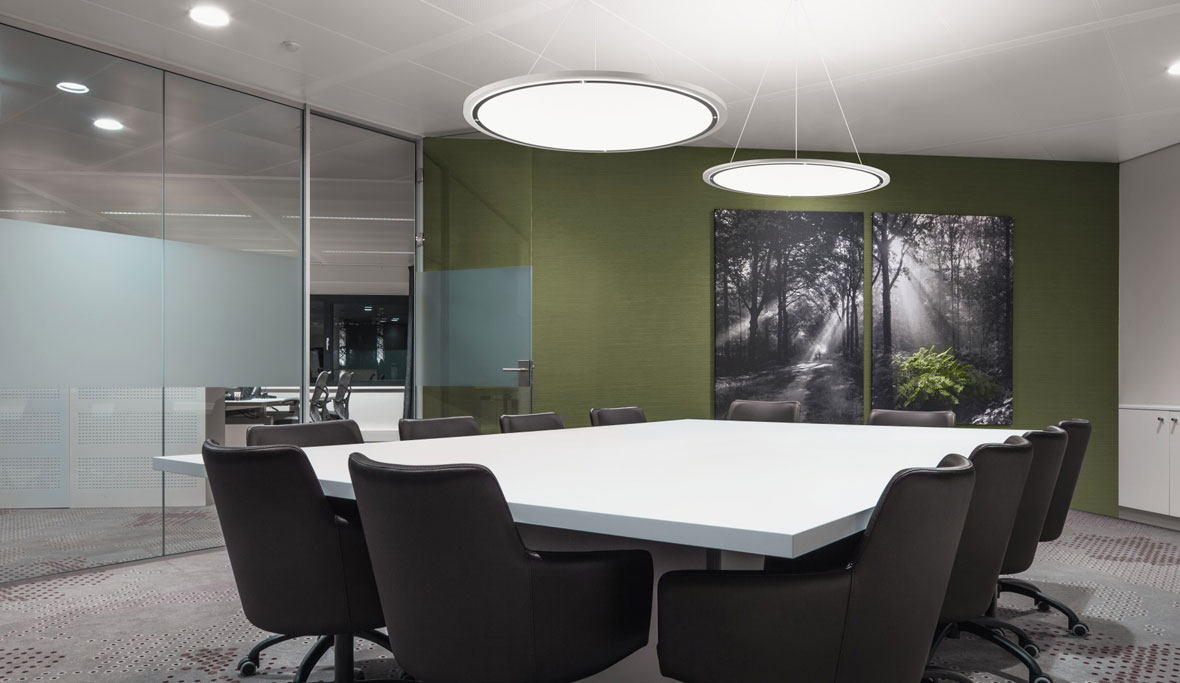How bulbs determine luminaires
In the early 19th century it was already becoming clear that thin wires between two electric poles can be made to glow before melting. In 1879 differential arc and carbon filament lamps finally enabled the breakthrough in research into electric lighting.
As of the mid-19th century phosphors were also systematically investigated and, if reports of the day are to be believed, on view in some Parisian shop windows as early as around 1870. Ultimately it was the fluorescent tube coated on the inside that prevailed. Yet whether light bulb or fluorescent tube, given their sheer size it was ultimately luminaires that followed the shape of the bulb as far as design was concerned.
The invention of LEDs, however, lifted these restrictions, and all of a sudden there were as good as no limitations whatever as far as design was concerned. On the contrary, with LEDs almost anything is allowed, and indeed possible, as the tiny bulbs not only allow complete freedom in the choice of shape, but also enable more targeted lighting, in which the actual light source remains almost invisible.
Given the low heat that LEDs generate they can now also be used for lighting where previously it was not possible to use other illuminants for fire prevention reasons. Their long life span also means they can be used in places where it would be almost impossible, or just too expensive, to change the illuminant. As such the invention of the LED has not only revolutionized the design of luminaires, but also fundamentally extended their areas of use.
